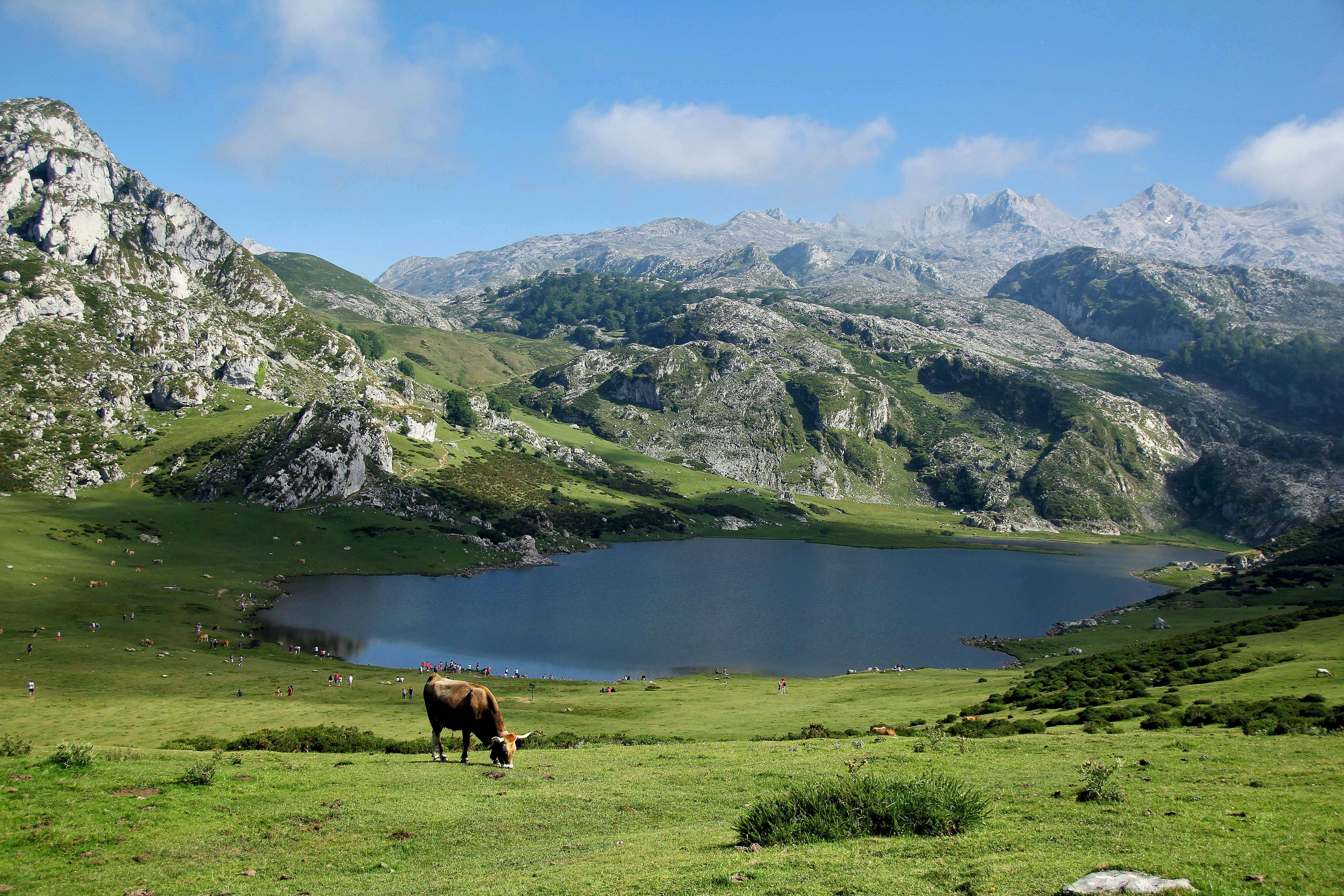
Blank Canvas Blues: How do you start a painting?
You have just finished assembling an interesting still life. You placed a couple of apples, a vase of flowers, and some grapes on a beautiful piece of cloth, carefully making a few folds here and there. You have arranged your still life against a very dark background. Since you placed a light source coming from one direction, there is an interesting pattern of light and shadow. Your palette is loaded with colors and all your supplies are on hand. You have chosen the right size canvas for your painting and it is properly prepared and positioned on your easel. Now, you sit down to paint—and draw a blank space. You are faced with this vast white canvas staring back at you. You reciprocate with a blank stare at the canvas.
Now what? At one time or another, all artists are faced with this artistic version of “writer’s block.” Almost all beginners face it in the door. The wiring in our brain that has evolved since prehistoric times that protected us from predators and from each other triggers our “fight or flight” response when faced with fear. And fear is the root cause of artistic or creative mental block.
Many questions go through your mind when you first sit down in front of that blank canvas and are faced with that vast white nothing. A beginner may think “What if I’m wrong?” “What if I make a mistake?” or “What if people don’t like it?” An experienced painter—and this happens to them from time to time—might wonder “Will this painting be better or worse than the last one?” or “What if the selection committee rejects you?” or “Will this sell?” Sudden fear can set in whether it is related to failure or success.
There are some strategies that can help you overcome this fear, whatever the cause. Step away from your canvas, grab an 18″x24″ pad of newsprint and some soft pencils (4B or 6B) or soft charcoal and start drawing your subject in very loose, gestural strokes. Discard any thoughts of careful drawing of shapes and details. This is an exercise to relax you and force yourself to see not only the general form of the subject, but also the relationships of the internal forms and the intermediate forms (negative forms). Spend no more than 1-2 minutes on a series of these quick studies. You are not trying to capture an “image” of what you see, but rather the essence of what you see. Keep your strokes flowing and moving freely around the page. After a few of these quick studies, start thinking positive thoughts about what can happen when you start painting, such as “Creating is so much fun!” or “I love making art, making something out of nothing!”
Once you feel fully invested in the process, sit down in front of your canvas again and, using a number 4 or 6 round brush, mix in a lighter blue, green or gray color, and begin to draw freely on your still life. on your canvas in an interesting way. There are no rules that say it has to look exactly like what you see. This approach should make you focus more on the process of viewing and composing. You’ll have time later to think about the finished product as you paint in areas and arrange the colors so they make sense to you.
Meanwhile, you may notice that your fear has turned into joy!